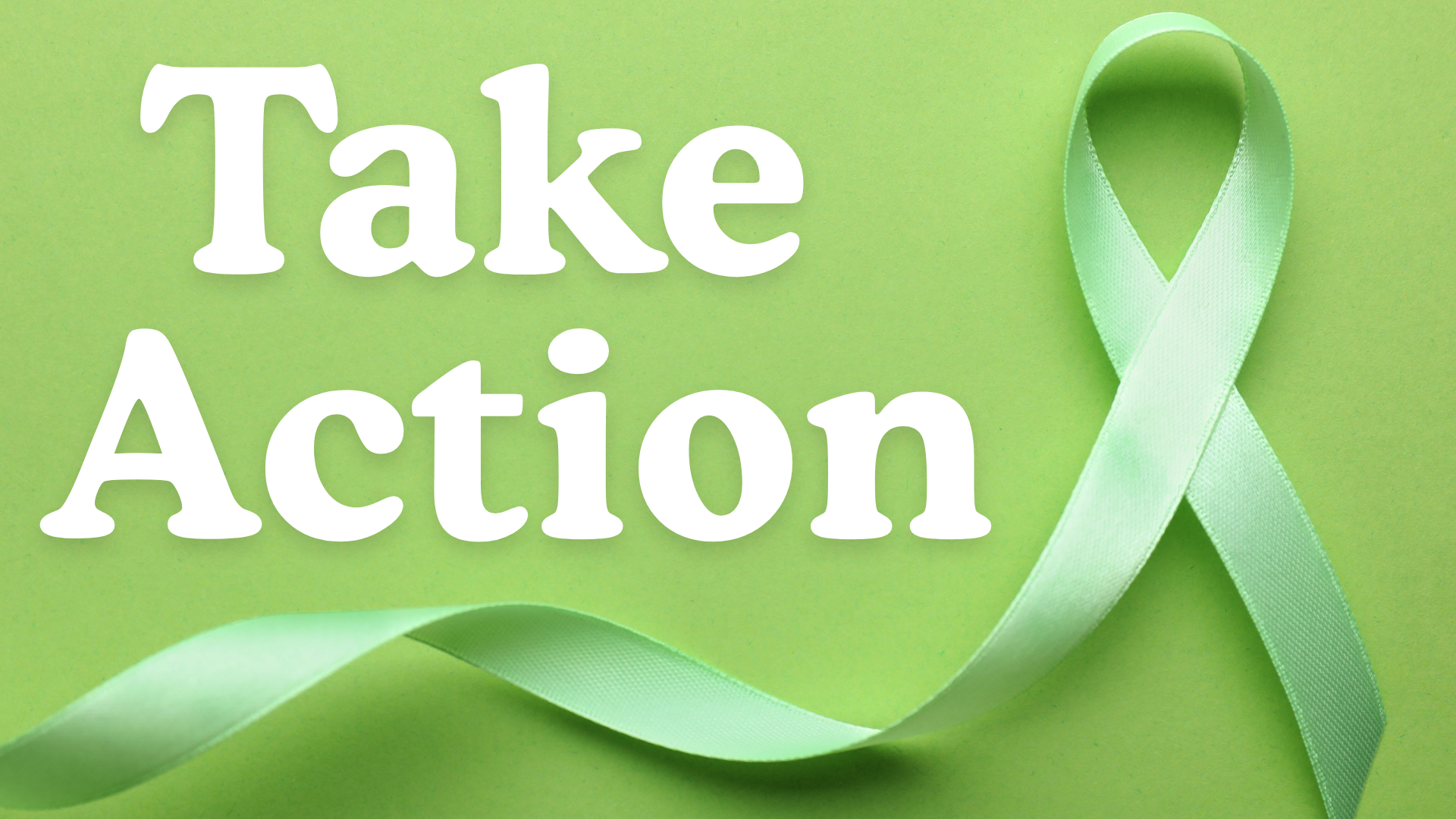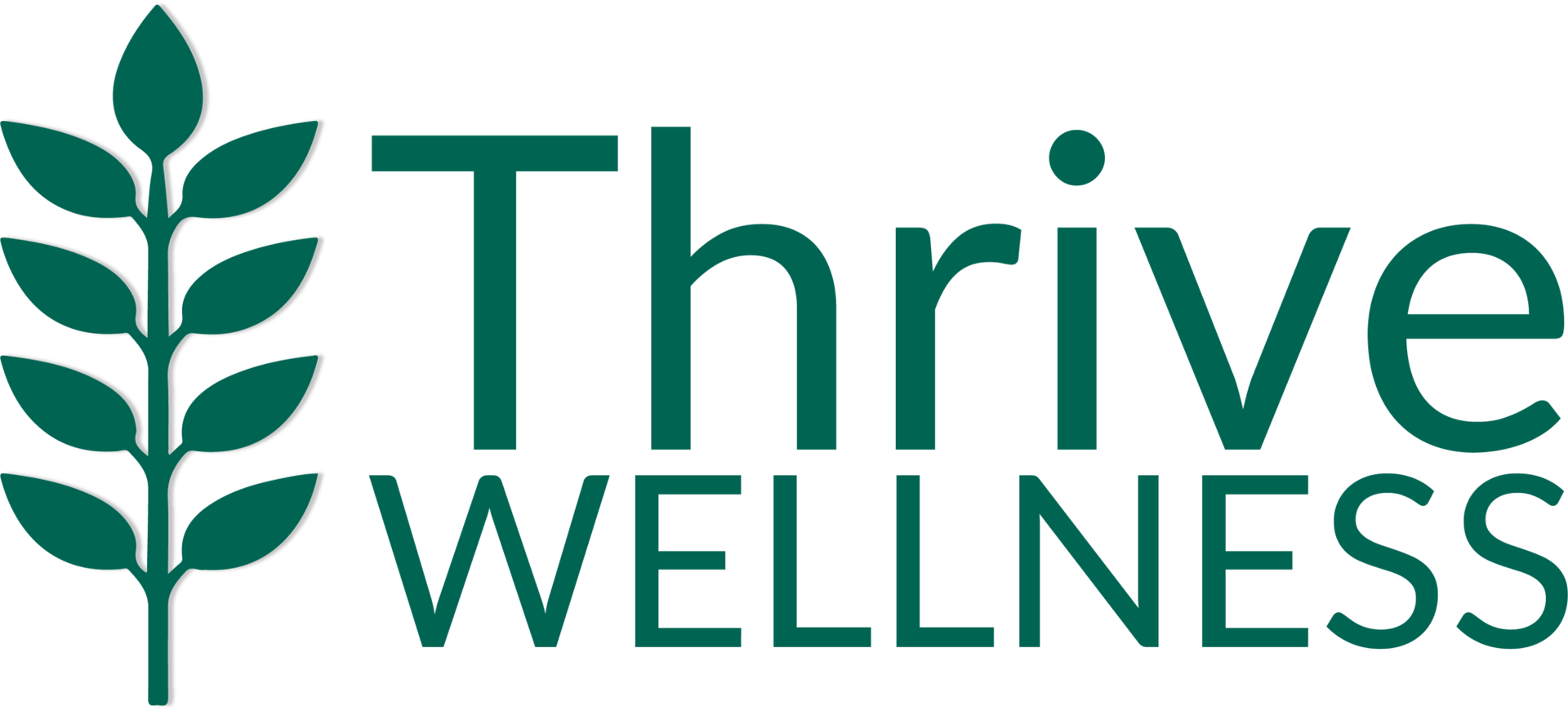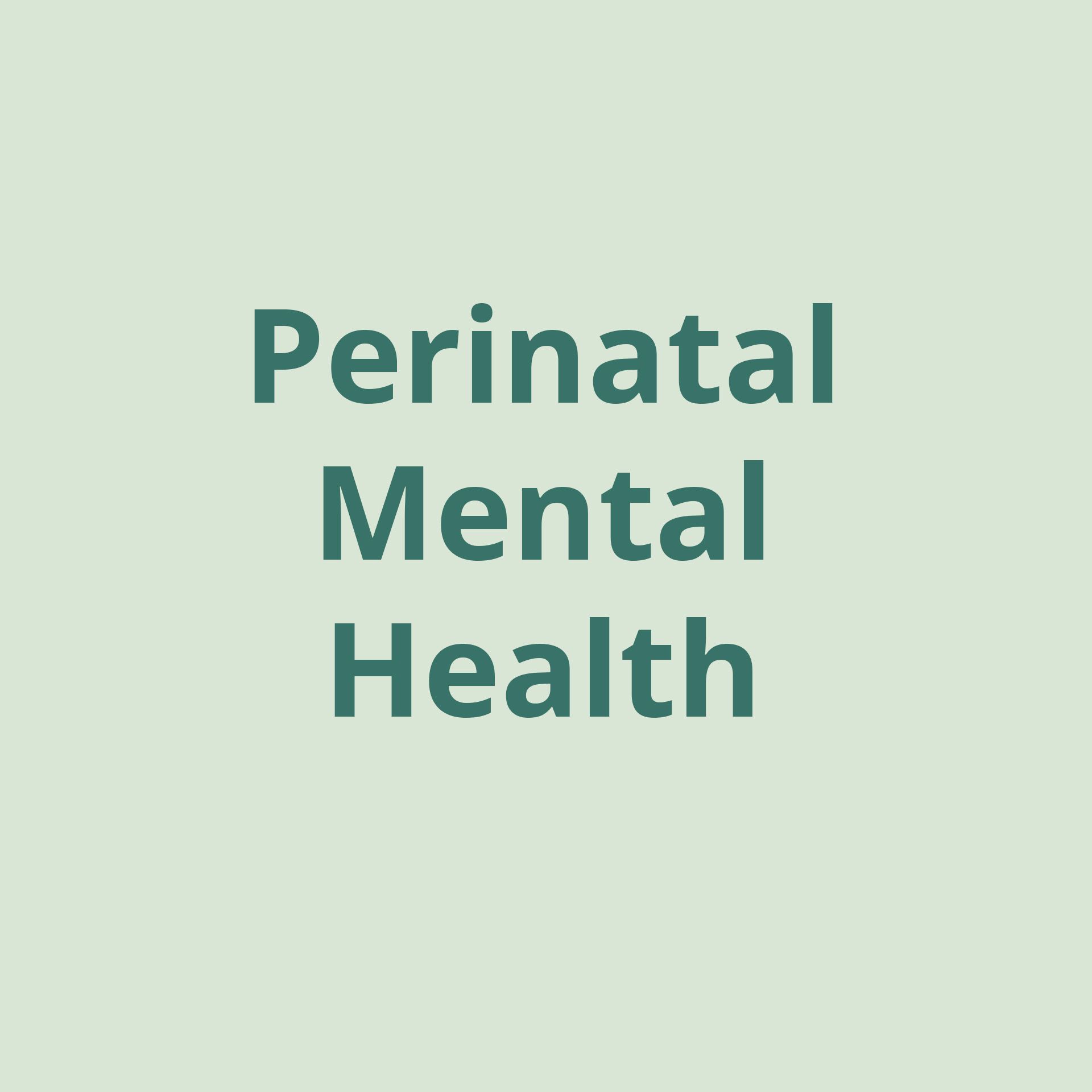New Year, New Mindset: Why Setting Intentions Instead of Resolutions Creates Lasting Change

By Thrive Sacramento’s Registered Dietitian Supervisor Kailey Cunningham, MS, RDN, CD
At Thrive, we’re all for self-betterment, but we’re also champions of self-compassion, intuitive approaches, loving yourself as you are, and enjoying the journey — which is why we favor New Year’s intentions over New Year’s resolutions. If you’re hoping to implement personal changes this year, you might want to consider forgoing the rigidity of resolutions and creating intentions rooted in meaning and mindfulness instead. Read on to discover the differences between resolutions and intentions and collect inspiration for your own New Year’s intentions.
THE TROUBLE WITH RESOLUTIONS
Resolutions tend to be influenced by external expectations. They are often harsh and absolute, and fail to acknowledge the intricacies of being human. As such, they generally fail to appreciate steps toward progress that deserve to be rewarded as small successes.
The Harmful Nature of Resolutions to Mental Health
Akin to a to-do list, resolutions are outcome-driven, narrowly defined, and imply that success or failure are the only possible results. Unlike a to-do list, resolutions typically have perceived high stakes, since they’re meant to be life-changing for the person who attempts to achieve them. With the high stakes of resolutions comes the pressure to be successful, which can actually have a paralyzing rather than inspiring effect.
Due to their restrictive nature, resolutions can provide individuals with ammunition to engage in negative self-talk, causing them to feel guilty and ashamed — emotions that can impede motivation and be detrimental to mental health. As a result, individuals attempting to follow through with their resolutions may end up experiencing feelings of hopelessness, worthlessness, anxiety, and depression.
THE POWER OF PURPOSEFUL INTENTIONS
Intentions are centered around a person’s values, driving factors, and internal awareness. By honoring an individual’s purpose behind a desired behavior, intentions provide context that allows the person to truly embody the change they’re navigating toward. Additionally, by encouraging a person to reflect on their mental and emotional state, intentions allow individuals to remain flexible as they gently cultivate change.
In “The Seven Spiritual Laws of Success,” author Deepak Chopra describes intentions as the driving force of desire, saying, “Intent alone is very powerful because intent is desire without attachment to the outcome.”
In other words, a person’s intentions are not directly attached to their results. Instead, they support practicing patience with oneself, celebrating successes big and small, and appreciating any lessons learned along the way. Intentions allow for nuance, unpredictability, and the non-linear progression often experienced when fostering change.
How Intentions Nurture Self-Compassion and Lasting Change
Intentions encourage present moment awareness. A person implementing an intention creates space to acknowledge how they feel and adjust their actions accordingly. Typically, the efforts that feel the best and most authentic nurture the desired change.
For example, the resolution, “I will go to spin class three days a week” leaves no room for flexibility and can paralyze a person with pressure. By shifting the resolution into an intention such as, “I intend to move my body in ways that feel good,” a person has the freedom to explore, experiment, and modify.
Spin class may become a toxic environment due to an unhelpful instructor. An individual may discover that they don’t actually enjoy spinning. Or, one may discover they are not able to afford a gym or studio membership after all. If any of these challenges arise for a person who intends to move their body in ways that feel good, the individual can consider different kinds of movements while still abiding by their intention.
By framing intentions as experiments with the ultimate purpose of discovering what feels good, you can open yourself up to being present and judgment-free while also facilitating sustainable change. The self-compassionate approach of intentions encourages healthy, happy and confident mindsets.
FOURTEEN INTENTIONS TO INSPIRE SUSTAINABLE CHANGE IN THE NEW YEAR
When considering your intentions for the new year, keep in mind that they are meant to be short, positive and direct, while aligning with your values and remaining open to different possibilities. Below, discover some examples of intentions that we hope inspire your own.
- I intend to be kind to my body and treat it with love.
- I intend to nourish myself with adequate food.
- I intend to make space in my life for a partner.
- I intend to make space for deepening my relationship with my current partner.
- I intend to be present with my feelings.
- I intend to love myself and others.
- I intend to find love in everyone.
- I intend to prioritize balance both at work and at home.
- I intend to be aware of my surroundings.
- I intend to experience my emotions.
- I intend to be open to success.
- I intend to create space for success.
- I intend to invite healing into my life.
- I intend to embrace vulnerability.
YOU ARE ENOUGH JUST THE WAY YOU ARE
A new year offers an opportunity to adjust elements of our lives that don’t serve us. This doesn’t mean you shouldn’t keep on loving yourself just as you are, celebrating your successes of all sizes, and making the most of teaching moments along the way. If you’re hoping to turn over a new leaf this year and would like professional guidance, feel free to reach out to us to learn more about Thrive’s therapeutic services.
About the Author
Thrive Sacramento’s Registered Dietitian Supervisor Kailey Cunningham, MS, RDN, CD
Kailey Cunningham, MS, RDN, CD, is a Registered Dietitian Nutritionist who obtained a Master’s of Dietetics degree from the University of Kentucky after completing both her undergraduate studies in dietetics and accredited dietetic internship at the same university.
She has been a Registered Dietitian Nutritionist since February of 2013 and has been working in the eating disorder field since 2015. Kailey has experience treating clients at many levels of care, from partial hospitalization programming to outpatient, with a variety of diagnoses including anorexia nervosa, bulimia nervosa, binge eating disorder, ARFID and OSFED.
She began working at The Emily Program in Lacey, Washington for three years where she acted as the full-time programming dietitian. While in this position, she worked directly with a lead therapist to develop an adolescent treatment track implementing elements of Family-Based Treatment and gaining invaluable experience working with adolescents and their parents. She then worked at Center for Discovery in Tacoma, Washington while building her nutrition counseling private practice. She began her successful practice in April of 2018 and moved it with her from Olympia, Washington to Rocklin, California in October 2020. Kailey is excited to now be a part of the Sacramento Thrive Wellness team providing support for adult and adolescent clients in intensive outpatient and outpatient levels of care.
Kailey’s primary motivator and true passion is supporting others on their journey to a more peaceful and balanced relationship with food and their bodies. Through individualized nutrition counseling and education, she helps those struggling with eating disorder behaviors, body image issues, food aversion and health anxieties find what is right for them while leaving diet culture behind.
The post New Year, New Mindset: Why Setting Intentions Instead of Resolutions Creates Lasting Change first appeared on Thrive Wellness.








